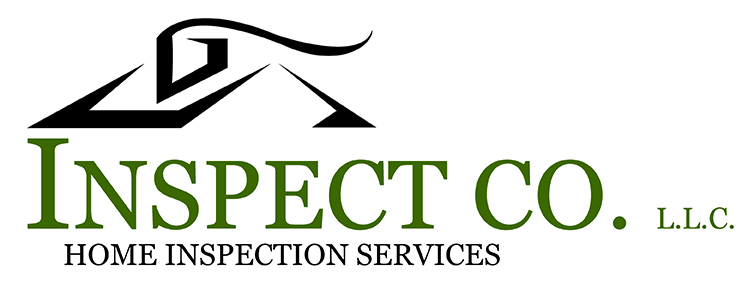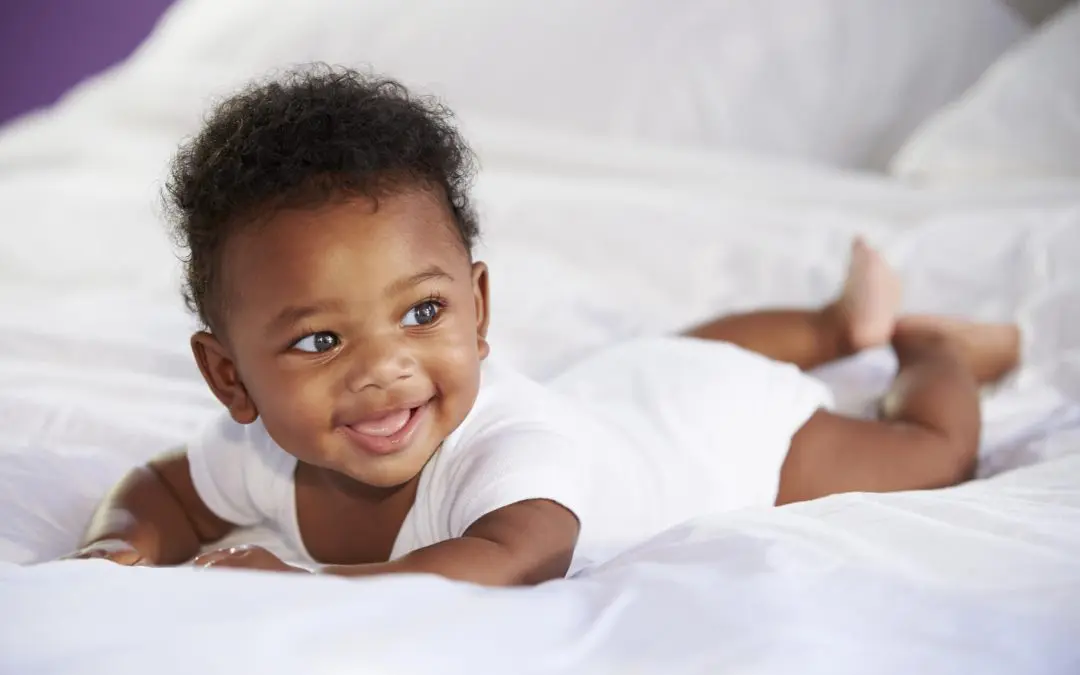Bringing a baby into your home is exciting but comes with new responsibilities. Babies are naturally curious, and once they start crawling and walking, they will explore every corner of your house. The best way to keep them safe is by babyproofing your home before they even get the chance to find trouble. Here’s what you need to know about creating a secure environment for your little one.
Start Babyproofing Your Home with the Basics: Crawling on the Floor
One of the best ways to spot potential hazards is to see things from your baby’s perspective. Get down on your hands and knees and crawl around your home. You might be surprised at what you notice from this angle—sharp corners, loose cords, small objects, and other dangers at your baby’s eye level. Anything within reach that can be grabbed, pulled, or put in a mouth should be secured or removed.
Secure Furniture and Heavy Objects
Babies love to pull themselves up on furniture, and as they grow, they start climbing. This means bookshelves, dressers, and TVs are a tipping hazard. Secure heavy furniture to the wall with safety straps or anchors. Check that television sets are stable and, if possible, mount them to the wall. Keep heavier objects on lower shelves and store breakables out of reach.
Cover Electrical Outlets and Secure Cords
Electrical outlets are the perfect size for tiny fingers, making them an immediate hazard. Use outlet covers or plug protectors to block access. If you’re using power strips, hide or cover them. Dangling cords from blinds, lamps, or electronics can also be dangerous. Secure cords to the wall or keep them out of reach to prevent strangulation or accidental pulling.
Lock Cabinets and Drawers
Babies love to open cabinets and drawers, and unfortunately, they don’t discriminate between safe and dangerous contents. Keep cleaning supplies, medications, and sharp objects in locked cabinets. You can use safety latches or magnetic locks to keep little hands out. Even if a cabinet only contains harmless items, securing it’s still a good idea to prevent your baby from pinching fingers or making a mess.
Install Safety Gates While Babyproofing Your Home
Stairs are one of the biggest dangers for babies learning to crawl and walk. Install safety gates at the top and bottom of staircases to prevent falls. Choose hardware-mounted gates for the top of stairs since they are more secure than pressure-mounted options. You can also use safety gates to block off rooms that aren’t baby-friendly, like the kitchen or home office.
Be Mindful of Choking Hazards
Babies explore the world by putting things in their mouths, which makes choking one of the biggest risks. Regularly check the floor for small objects like coins, buttons, paper clips, or toy parts. Keep food and household items that could pose a choking risk out of reach. If you have older kids, teach them to keep their smaller toys away from their baby siblings.
Babyproofing may seem overwhelming at first, but taking these steps will help create a safe home where your baby can explore and grow without constant worry. The key is to stay one step ahead and adjust as your baby becomes more mobile and curious. Your efforts now will give you peace of mind and keep your little one safe on their journey of discovery.
FAQs on Babyproofing Your Home
When should I start babyproofing my home?
It’s best to start babyproofing before your baby becomes mobile, usually around six months old. However, if you can do it earlier, it’s even better. This way, you’re prepared before your little one starts crawling and exploring.
Do I need to babyproof every room?
Yes, but the level of babyproofing depends on the room. First, focus on high-traffic areas like the living room, kitchen, and nursery. You may not need to babyproof rooms your baby doesn’t have access to, but it’s always a good idea to double-check for potential hazards.
What are the most important areas to babyproof?
Stairs, electrical outlets, furniture, and cabinets with dangerous items are the top priorities. Anything that could cause falls, choking, or injury should be addressed first.
How can I keep my baby safe in the kitchen?
Use stove knob covers secure heavy appliances, and keep cleaning supplies locked up. Never leave a baby unattended, and be mindful of hot surfaces and sharp objects.
What’s the best way to prevent choking hazards?
Regularly inspect floors and furniture for small objects. Keep toys with small parts away from babies and supervise mealtimes carefully. Learning infant CPR is also a good precaution.
Inspect Co. LLC provides inspections for homebuyers and sellers in North and South Carolina. Contact us to request our services.

